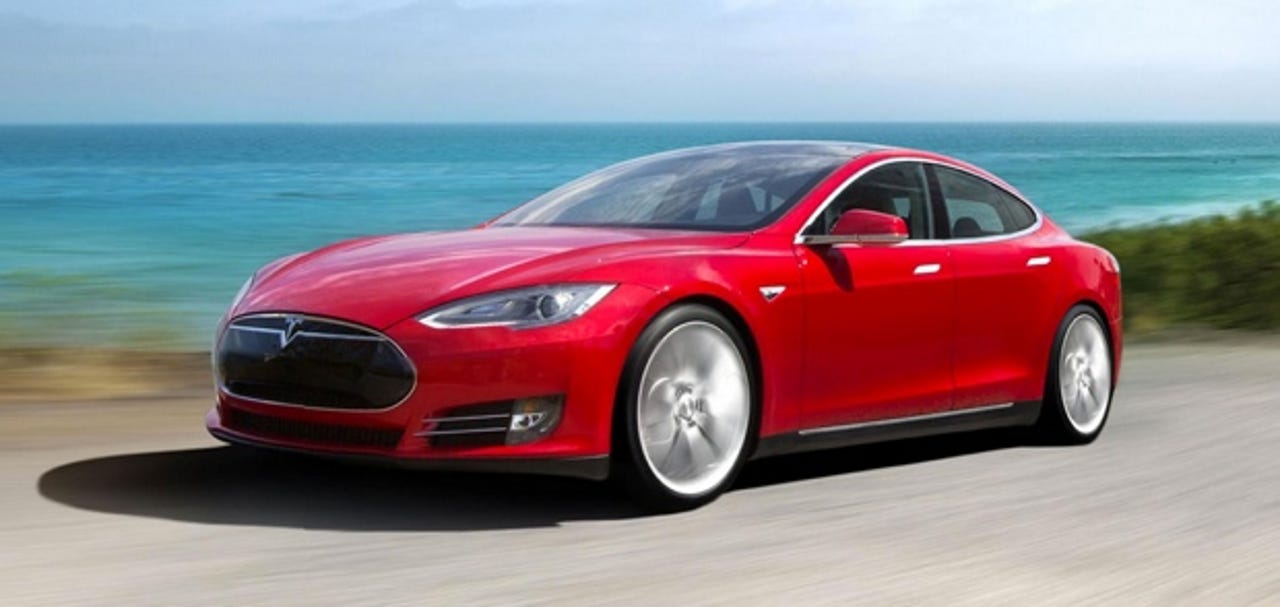Tesla Model S teardown


I've covered a lot of teardowns in this column, looking at devices ranging from smartphones to PCs, but this is the first car teardown that I've taken a look at — and what a special car it is.
AR + VR
The car in question is Tesla's high-tech, 0 percent emissions – from the car at any rate – 0 to 60 MPH in 3.2 seconds Model S. The teardown was carried out by IHS Technology, and they spent a great deal of time scrutinizing the car’s infotainment and instrumentation systems, which are two of the most electronics-intensive aspects of the car.
What they discovered was that in terms of design, components and manufacturing, this aspect of the vehicle had more in common with a tablet or smartphone than they did with a conventional automobile.
"The cost structure of the electronics, the use of large displays in the cabin, the touch-screen-based controls, the mobile microchips—everything in this design makes the Tesla experience more like a media tablet or high-end smartphone than a traditional automobile," said Andrew Rassweiler, senior director for materials and cost benchmarking at IHS.
"It’s like looking at the components from the latest mobile device from an Apple iPad or Samsung Galaxy product. When it comes to the user-facing segment of the Model S’s electronics, the company has radically departed from business-as-usual in the automotive market."
According to the analysis, the cost structure of the Model S’s premium media control unit is very similar to that of a smartphone or tablet since the display and touchscreen are the two most expensive subsystems, which is the same as for an iPhone or iPad.
Featured
"The mobile device-like approach to the Model S’s user interface represents a very deliberate choice by Tesla," Rassweiler said. "The company really wanted to do things differently and employed virtual controls—rather than physical knobs and buttons—to take over the user experience. This approach required a major investment in big displays and touch panels, similar to the approach Apple took when designing the iPhone and iPad."
The Model S's media control unit is built around a 17-inch display which is, according to the report, some 10 inches larger than the typical screen sizes seen in most automotive head units, and its 1,920 by 1,200 resolution is far higher than the norm in cars.
Powering this display is an Nvidia Tegra 3 — the first time that IHS has found this chip in a car — 1.4 GHz quad-core processor, giving the unit power comparable to that of a smartphone or tablet.
Also of note is the fact that the touchscreen is made by TPK Holdings, the company that supplied Apple with the first touchscreens for the initial models of the iPhone.
Tesla’s virtual instrument cluster is built around a 12.3-inch diagonal 1280 by 480 resolution LCD panel from Japan Display, which is one of Apple's iPhone 6 and 6 Plus suppliers.
When it comes to winners, Nvidia scores a big win with the Model S, which has two Tegra processors embedded within turnkey modules.
See also: